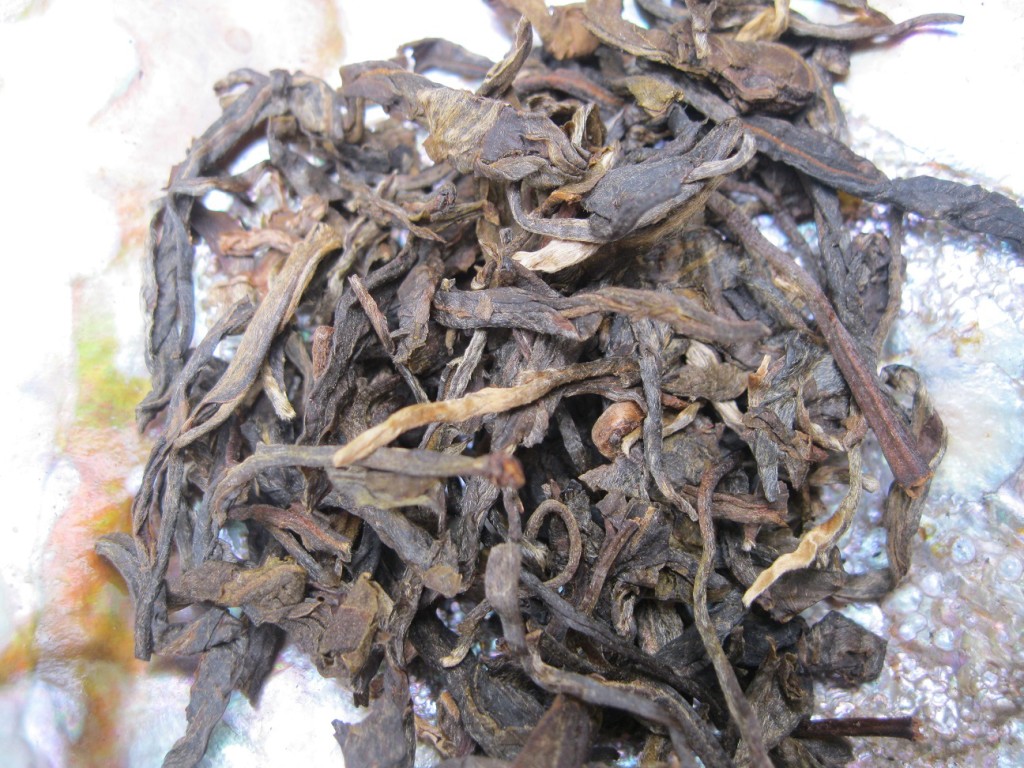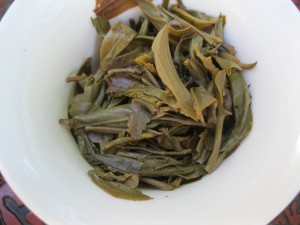What is Pu erh Tea

What is Pu erh Tea
 Pu erh tea came to its name over time, becoming a synonymous reference for the place where it was sold, but what is pu erh tea. It is comprised of indigenous large-leaf material that is sun-dried and processed in one of two ways. There is raw pu erh which is the untreated form, and there is the ripe which processed. In terms of form either can come loose or pressed into various forms. After formation, the tea continues to undergo the process of natural aging, which gives it its distinction as being better with age. Along with ripe pu erh, there are other Chinese black teas produced in Guangxi, Hunan, Hubei, and Shaanxi Proviences. Only pu erh, however, is made from the large-leaf variety Camellia sinesis. Ripe pu erh tea is classified as black tea. Sometimes it is called “dark tea,” because black tea in the West refers to an entirely different variety. The stuff called black tea in the West is oxidized. Black tea in China is fermented, sometimes called “post-oxidized” in the West.
Pu erh tea came to its name over time, becoming a synonymous reference for the place where it was sold, but what is pu erh tea. It is comprised of indigenous large-leaf material that is sun-dried and processed in one of two ways. There is raw pu erh which is the untreated form, and there is the ripe which processed. In terms of form either can come loose or pressed into various forms. After formation, the tea continues to undergo the process of natural aging, which gives it its distinction as being better with age. Along with ripe pu erh, there are other Chinese black teas produced in Guangxi, Hunan, Hubei, and Shaanxi Proviences. Only pu erh, however, is made from the large-leaf variety Camellia sinesis. Ripe pu erh tea is classified as black tea. Sometimes it is called “dark tea,” because black tea in the West refers to an entirely different variety. The stuff called black tea in the West is oxidized. Black tea in China is fermented, sometimes called “post-oxidized” in the West.
Classification of raw pu erh
Classification of raw pu erh is a somewhat different matter and within the industry there are varying opinions. In the past few years the debate has intensified. In 2006 the Yunnan Province industry standards defined pu erh tea as the Yunnan Province large-leaf variety in either the loose or pressed form, and that it constituted a variety in itself. Internationally, this standard has been followed. In terms of processing, raw pu erh is another green tea. Compared to ripe, raw pu erh has a bite and is generally quite stimulating. It possesses a bitterness and astringency that generally supersedes other green teas, though the liquor color is quite similar, being a light or orangy yellow. In contrast to other green teas, raw pu erh is customarily stored for aging, like fine wine. As it ages, the roughness fades, the liquor darkens, and it often gets sweeter.
What exactly is pu erh Tea?
Pu erh tea is a treasure among teas. It was offered in tribute to the emperor and offered as a gift to other kingdoms. The Qing Dynasty (1644-1911) especially favored pu erh, stipulating that every year 66,000 catties be offered in tribute. Ningpu Prefecture was the seat of pu erh administration, which exclusively regulated tea factories and offices for purposes of ensuring tribute-quality production. Organizing pu erh for tribute was the responsibility of the local official.
There are some differences between the indigenous large-leaf variety from Xishuang Banna and the small-leaf varieties from various localities offered in tribute to the Qing. First of all, the large-leaf variety’s flavor is particularly intense. Second, it is particularly strong in aiding digestion. Third, its nature is warm and fragrant, and finally it has an immune-boosting function. These characteristics particularly suited the needs of the Qing royal courts, whose diet was primarily meat-based. Thereafter, pu erh tea creations like “daughter tea,” “unity tea,” and tea paste were very well received by the emperor and the the royals. At one time, pu erh was “the” tea within the palace, with some drinking it steeped and others having it boiled with milk. Whatever the imperium emphasized the people were sure to follow. pu erh soon become all the rage. For example, in the classic novel Dream of the Red Chamber, the character Precious Jade drinks daughter tea to aid digestion. Also in the Annals of Qing Court Women, Jin Yi and Shen Yi-ling mention that the empress dowager Ci Xi (1835-1908) like to drink pu erh.
Conclusion
Above your humble pu erh Junky has provided a brief discussion on the types of pu erh, raw, which is unfermented, and ripe, fermented. The nature of raw pu erh has led it to being associated with green tea, but it general nature is stronger than green and only ripe pu erh is aged. The history of pu erh’s in fame is tied to the Qing Dynasty, where the court popularized it and the masses followed suit.
